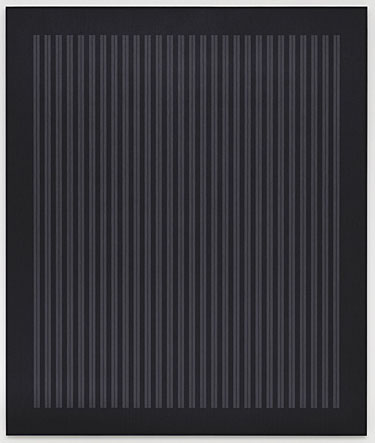 |
In his delicate combinations of squares, rectangles and floating lines, Hadi Tabatabai makes a strong case for the ongoing vitality of the minimalist credo: that by neutralizing the ego ambitions of the artist and by eliminating all forms of extraneous visual noise viewers can become aware of their own perceptions. It’s a time-tested, high-Modernist formulation that connects the seeming opposites of science and religion, logic and belief, craft and high art. By ratcheting his own practice of it up to a level of asceticism and obsession that would have even Agnes Martin smiling, the Iran-born Berkeley artist scores a significant victory in the realm of optical illusionism.
 |
 |
Thank you for posting this review of Hadi’s show. His work is more than deserving of critical attention and praise.